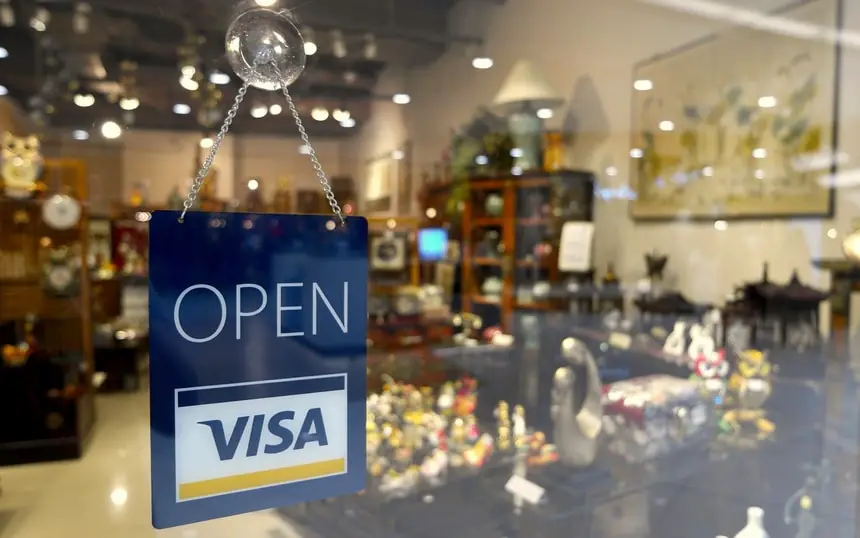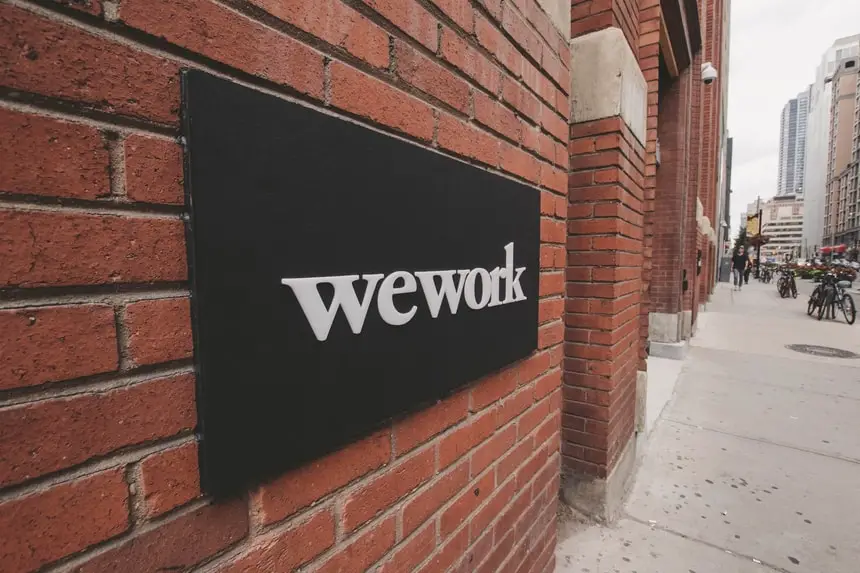The world’s biggest initial public offering (IPO) is due on the 12th of December 2019. Saudi Aramco — Saudia Arabia’s gargantuan hydrocarbon exploration extraction and production company — priced its IPO at $8.53 (or 32 riyals) per share.
An offering at this price would value the company at nearly $1.7 trillion. Saudi Aramco wants to sell a 1.5% stake in the company (around 3 billion shares), which is estimated to amount to $25.60 billion, making it the world’s largest IPO.
Successful IPOs enable companies to grow in ways they never could if they stayed private. A runaway IPO can also build enough investor interest in a company to carry its stock price into the stratosphere.
Less successful IPOs are usually over-hyped and quickly remind their founders that the market either sees fundamental issues with their business model or doesn’t believe in their plans or personnel.
When a company plans an IPO, it lets the market evaluate whether or not it has a future. Investors flock to buy a share in businesses that work well, or look like they might make a profit in the future. Not all IPOs go as planned, however.
Here we take a look at some of the most important and successful IPOs as well as one that did not go so well.

VISA 2008 – A Successful IPO Despite Terrible Planning
It was only weeks after the collapse of investment bank Bear Stearns that Visa launched the world’s largest IPO in March 2008. Visa could only hope that the less than favorable economic circumstances wouldn’t prevent prospective investors from seeing the long-term value of the company’s model.
Floating at the New York Stock Exchange (NYSE) on the 18th of March, Visa sought to sell 406 million shares at between $37 and $42 per share. The pricing seemed fair — Visa looked like a great investment from the get-go.
Due to a lack of long term credit issuing, the company had a very low debt at the time, especially when compared to rivals MasterCard and American Express. Visa also had a significant market share within the payments space.
While elsewhere in Wall Street the financial outlook was decidedly gloomy, as the NYSE opening bell rang on the 18th March, investor interest in buying Visa stock surged. At the end of the day, Visa’s stock was priced at $44 per share.
The company ended up raising $17.9 billion in total. The Visa IPO became — for a time at least — the largest IPO in history, a remarkable achievement considering that 2008 was the slowest year for IPOs since 1979.
Facebook 2012 – The Largest Tech IPO in History in Spite of a Few Hiccups
After its foundation in 2004, Facebook’s exponential growth in user numbers made it an attractive prospect for investors, despite the company’s lack of profit. Before Facebook’s IPO — which made the company stock available to retail investors — only companies were able to buy Facebook’s shares. So why did Facebook decide to go public in 2012?
It’s highly likely that Facebook had to go public when it did. Due to growing private sales of its stock on secondary markets, the company had too many shareholders to remain a privately held company for much longer.
Unusually for a tech company IPO, Facebook planned to sell a massive amount of shares — $128 million in total. With a share price of $38 sought, Facebook looked to raise just under $5 billion with its IPO on the Nasdaq Stock Exchange.
The IPO was scheduled to take place on the 18th of May. Prior to that, Facebook’s founder and CEO Mark Zuckerberg went on a roadshow to meet investors, during which time he garnered criticism for wearing a hoodie and playing unnecessary promotional videos while meeting potential investors. But as Facebook’s IPO neared, Zuckerberg’s lack of fashion sense and tact couldn’t stop the company’s share valuation from creeping upwards.
After a lot of tech-related hype, the Facebook IPO on the 18th of May was plagued with technical difficulties. Many investors reported being unable to buy shares. Some were unsure of what they had purchased. This massive technical glitch ended with Nasdaq paying over $40 million in compensation to satisfy investors who had taken legal action against it as a result of its incompetence when handling orders of Facebook’s shares.
Nevertheless, Facebook’s IPO proved extremely popular with retail investors, becoming the most successful IPO by share volume in history. While Facebook’s final share price was only 0.23% above its initial price, the company still succeeded in raising the $5 billion it was looking for. Facebook’s massive, hyped-up IPO set a model for future tech companies going public.
Ford Motor Company 1956 – A Notoriously Private Company Becomes a Blue-Chip Stock
Henry Ford, Ford Motor Company’s eponymous founder, was famously dead set against his company ever going public. He reportedly stated that he would rather dismantle the company “brick by brick” than sell it.
During his lifetime Ford Motor Company remained privately owned. But just nine years after Ford’s death, the company became a publicly-traded company. Ironically Ford’s own efforts to avoid his estate incurring inheritance taxes laid the groundwork for his company’s IPO.
By creating different classes of stock within the company and giving the vast majority of non-voting stock to the Ford Foundation — a newly formed charity — Ford thought he had enshrined his family’s hold over the company forever.
However, after Ford’s death, the Ford Foundation, which previously sustained itself by running off the dividends provided by Ford stock, decided to sell off much of its Ford Motor Company stock in an IPO to lower its risk to fluctuations in the motor industry.
Ford stock went on sale at the New York Stock Exchange on the 18th of January 1956, with a price of $64.50 per share and 10.2 million shares available. Ford Motor Company, a household name in the 1950s USA, was an incredibly desirable stock to own for retail and institutional investors alike.
Buyers queued outside brokerage houses to buy shares in the company. At the close of business on the first day of trading, Ford shares were selling at $69.50, making it the world’s largest IPO at the time with stock sold on the first day of well over $709 million. It also meant the end of Ford Motor Company as a private business.

HubSpot 2014 – A New Paradigm in Marketing Attracts Investor Interest
Hubspot, a sales and marketing software company, is a pioneer of a now-ubiquitous form of marketing — inbound. Unlike traditional marketing, which interrupts people, inbound marketing provides potential customers with valuable content tailored specifically to them, forming connections, and solving existing problems.
As a methodology, this is now a significant part of how most businesses sell their products. Yet before Hubspot’s IPO on the 10th of October 2014, this was still a relatively new concept.
Hubspot’s revenue model is based on customers subscribing to its suite of marketing software, which improves their inbound marketing performance. Even though Hubspot’s deficit had been shrinking annually, it was not a profitable company before its IPO. With only $7.3 million left in the bank and a high burn rate, the company was looking cash poor.
Seeking revenue to maintain cash flow and grow the company beyond its 700 employees at the time, Hubspot wanted to sell 5 million shares at $19 per share at the New York Stock Exchange, starting on the 9th of October 2014. Hubspot ended its IPO day with its shares selling at $25 per share, 20% more than the initial price.
The success of Hubspot’s IPO marked investor confidence in its innovative marketing business model. Regardless of its lack of cash and negative profits, the inbound marketing model and the software behind it was something investors could get behind in the long run. Thanks to the success of this IPO, Hubspot ended up with more cash than it ever had before.
Shake Shack – Investors Double Their Stock Orders for This Fast Food IPO
Investors thinking of putting money into Shake Shack had only to look at the company’s famous Shack Cam to realize that the popular vendor had stumbled onto a winning formula in the fast-food industry. This webcam, which shows viewers a live feed of the operator’s original Madison Square Park location, often showed long queues of hungry customers waiting to purchase one of the company’s gourmet burgers.
In 2015, prior to Shake Shack’s IPO on the New York Stock exchange, the company had 63 premises across the USA and a dedicated following. With revenue increasing and a desire to grow, Shake Shack sought to sell its shares publicly and was priced by underwriters JP Morgan at $21 a share. For investors, Shake Shack’s revenue growth looked promising.
Expecting that potential investors would see the same value in its company as its customers do in its upmarket burgers, Shake Shake hoped to sell $5 million shares on the 29th January 2015 at the New York Stock Exchange.
But the initial price for Shake Shack seemed to have been severely undervalued. Continuing a trend of high investor demand for fast food restaurant chains, Shake Shack doubled its IPO price before the close of business on the 29th January, ending the day at $46 per share, a 123% gain on the expected IPO price. This showed a growing investor hunger for fast food chains that can find an edge in a crowded market.

WeWork – an Example of a Failed Tech IPO
On the 14th of August 2019, shared workspace provider WeWork filed paperwork signaling its intent to go public. The co-working space provider had been previously controversially valued at $47 billion following investments from Japanese firm Soft Bank. This valuation, coupled with WeWork’s growing number of office spaces, gave the firm the confidence that an IPO would be a successful way to raise much-needed cash.
Unfortunately for WeWork, the intense public and financial scrutiny that followed its SEC regulatory filings brought to light a whole host of issues. These ranged from whether WeWork’s business model made sense to questions about its culture and corporate leadership.
Among the details concerning regulators and potential investors was the fact that WeWork had made a loss of nearly $2 billion during the previous year. No less concerning was the fact that WeWork’s founder and CEO Adam Neumann was leasing properties back to the company and had constructed a multi-tiered share structure that would give his shares 20 times as much voting power within the company. Neumann sold off $700 million worth of his stock in July 2019, further diminishing investor confidence.
Potential investors were also put off by the way that WeWork’s governance model would work after its IPO. To regain control and minimize tax, WeWork intended to sell investors shares in a holding company, rather than in WeWork itself.
When underwriter JP Morgan eventually pulled out of its partnership with WeWork on the 15th of August, it seemed less likely that the IPO would happen. As more details about WeWork emerged, its rumored IPO valuation dropped sharply. It went from $30 to $20 billion and then down to $10 billion.
Fearing that not enough investors would buy into its IPO, WeWork postponed its IPO on the 16th of September. This was followed by an article in The New York Times focusing on Neuman’s drug use, expensive tastes, and erratic behavior.
Security at WeWork’s co-working spaces was also questioned when a tenant in New York discovered they were able to access other tenants’ bank details through the company’s WiFi. Neuman stepped down as CEO on the 24th of September and was replaced by two co-CEOs. But WeWork’s troubles did not end.
On the 30th of September, faced with mounting financial and operational issues WeWork’s Co-CEOs Artie Minsou and Sebastian Gunningham called off the WeWork IPO. WeWork’s IPO attempt is an excellent example of how not to IPO.

What to Expect from Saudi Aramco IPO
Saudi Aramco hoped that global investors would buy up at least half of the issued stock. However, due to a lack of corporate transparency, charged politics of the Middle East, and climate change concerns, interest from foreign investors in Saudi Aramco IPO has been lukewarm at best.
The fact that the company is selling such a small stake doesn’t inspire confidence either. With a stake of around 98%, the state will remain the majority shareholder in the company. Currently, Saudi Aramco pays its investors $75 billion in dividends each year. Its willingness to pay more than $100 billion over the next five years failed to ignite international interest, meaning that the investments are likely to be almost completely local.



